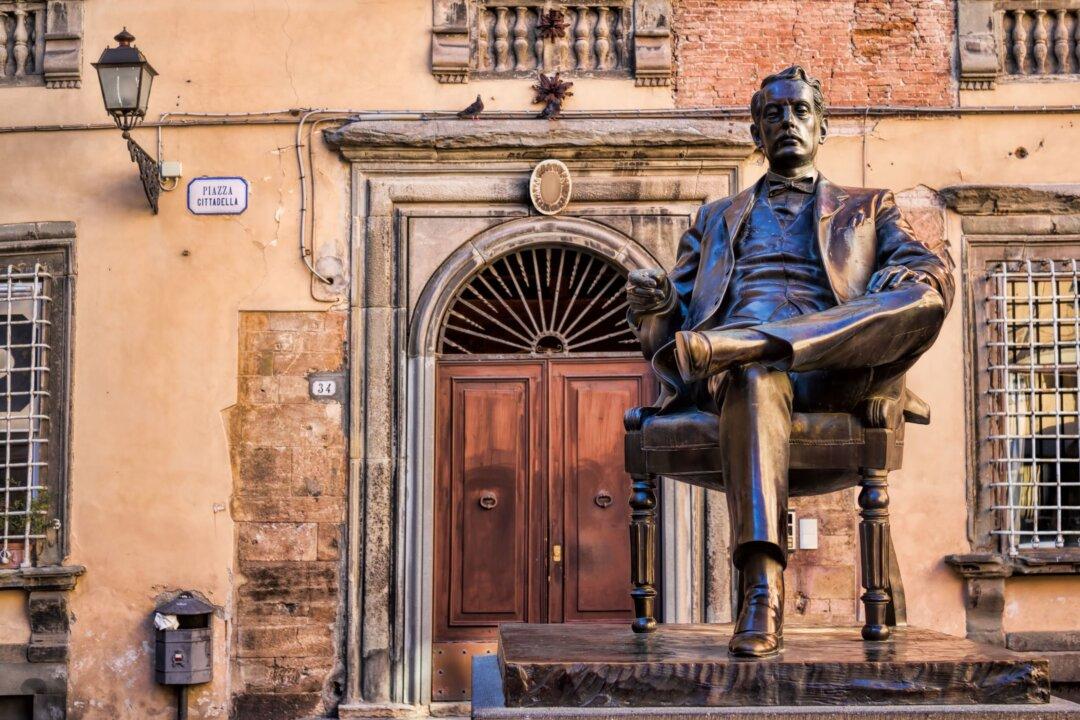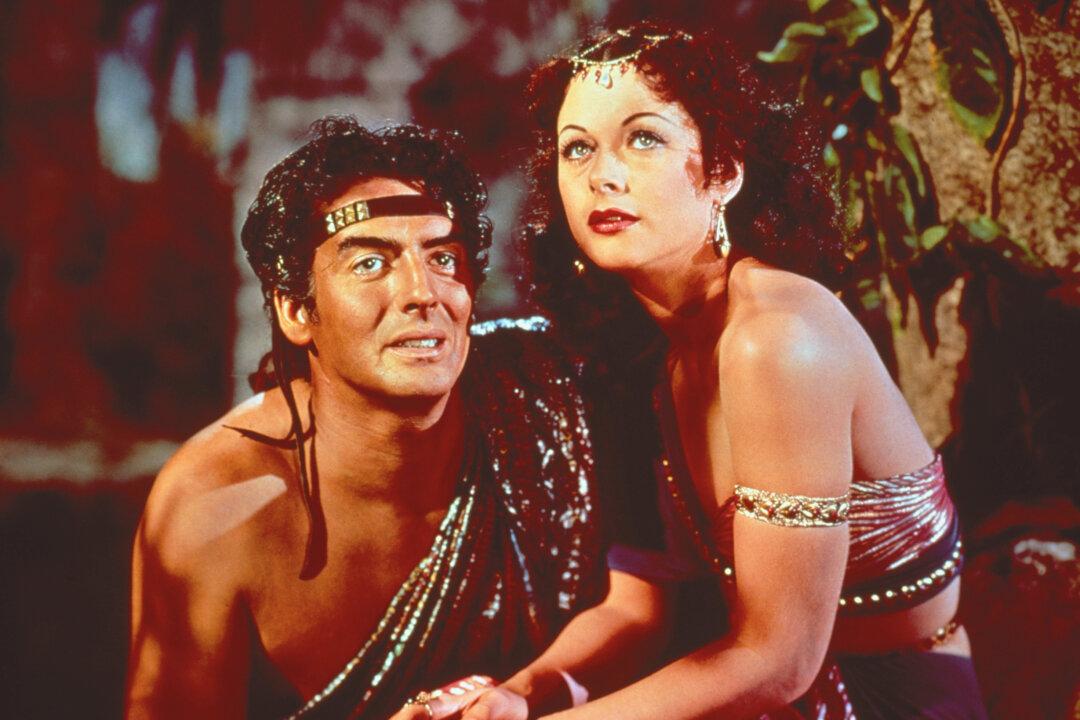Commentary
St. Patrick’s Day is a popular holiday for celebrating all things Irish, whether your ancestors come from the Emerald Isle or not. You can get in the festive spirit on March 17 by wearing green clothing, eating corned beef and cabbage, and decorating everything with shamrocks. My favorite way of celebrating St. Patrick’s Day is watching classic movies with Irish American actors playing Hibernian (aka Irish) characters.





